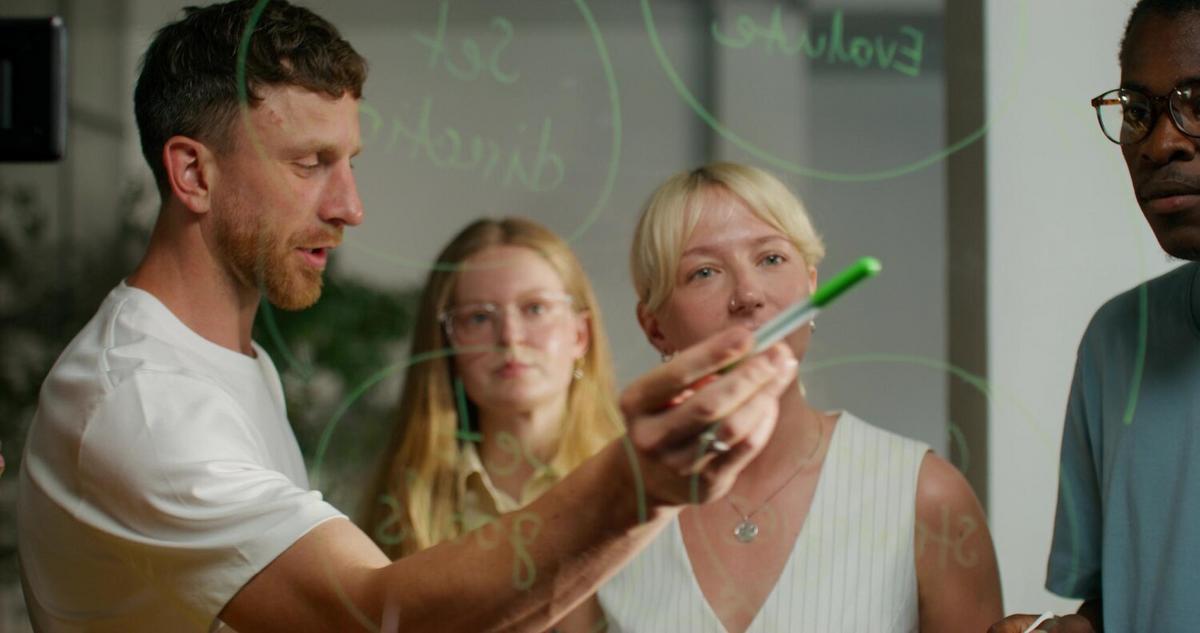
Behind the Scenes: How Online Courses are Developed
Unveiling the process behind crafting an online course reveals a fascinating blend of creativity, technology, and pedagogy.
Understanding the Course Development Process
Creating an online course involves a series of well-coordinated steps that ensure the final product is both educational and engaging. From ideation to launch, every phase is crucial in delivering quality content to learners worldwide.
Expert Insights
According to educational technologist Dr. Lisa Smith, “The success of an online course hinges on a well-structured curriculum that aligns with learners’ needs and the integration of interactive elements.” This insight highlights the importance of a learner-centered approach in course design.
Research Findings
A study conducted by the Online Learning Consortium found that 70% of students prefer courses with interactive content, emphasizing the need for dynamic and engaging materials. This statistic underscores the trend towards interactive learning experiences in digital education.
Key Stages of Course Development
- Needs Analysis: Understanding the target audience and their learning objectives.
- Course Design: Structuring the curriculum and defining learning outcomes.
- Content Creation: Developing video lectures, quizzes, and supplementary materials.
- Platform Integration: Uploading content to an educational platform and ensuring technical compatibility.
- Testing and Feedback: Conducting pilot runs and gathering feedback for improvements.
- Launch and Marketing: Promoting the course to reach a wider audience.
Personal Experience
As an instructional designer, I once collaborated with a team of educators to create a course on digital marketing. We faced challenges in balancing theoretical knowledge with practical applications, but by incorporating case studies and real-world examples, we successfully engaged learners.
Actionable Tips
- Engage with your audience through surveys to gather insights into their preferences.
- Utilize multimedia tools to create visually appealing and interactive content.
- Regularly update course materials to keep content relevant and accurate.
Comparison Table: Traditional vs. Online Course Development
| Aspect | Traditional Courses | Online Courses |
|---|---|---|
| Delivery | In-person | Virtual platforms |
| Content Format | Lectures, textbooks | Videos, e-books |
| Interaction | Face-to-face | Discussion forums |
| Flexibility | Fixed schedule | Self-paced |
| Cost | Higher | Lower |
| Accessibility | Limited | Global |
| Assessment | Exams | Quizzes, projects |
| Updates | Annual | Ongoing |
Frequently Asked Questions
What is the first step in developing an online course?
The initial step is conducting a needs analysis to understand the target audience and their learning goals.
How can I make my online course more engaging?
Incorporate multimedia elements such as videos, quizzes, and interactive discussions to maintain learner interest.
What tools are commonly used in course development?
Popular tools include learning management systems (LMS), video editing software, and graphic design applications.
Conclusion
Developing an online course is a multifaceted process that requires careful planning, creativity, and continuous improvement. By focusing on the needs of learners and incorporating interactive elements, educators can create impactful and accessible learning experiences. As online education continues to evolve, staying informed about the latest trends and technologies will ensure that your courses remain relevant and engaging.


